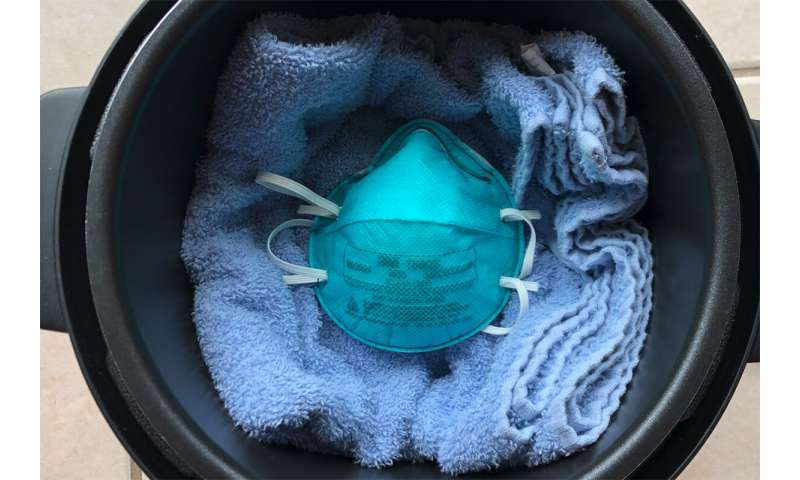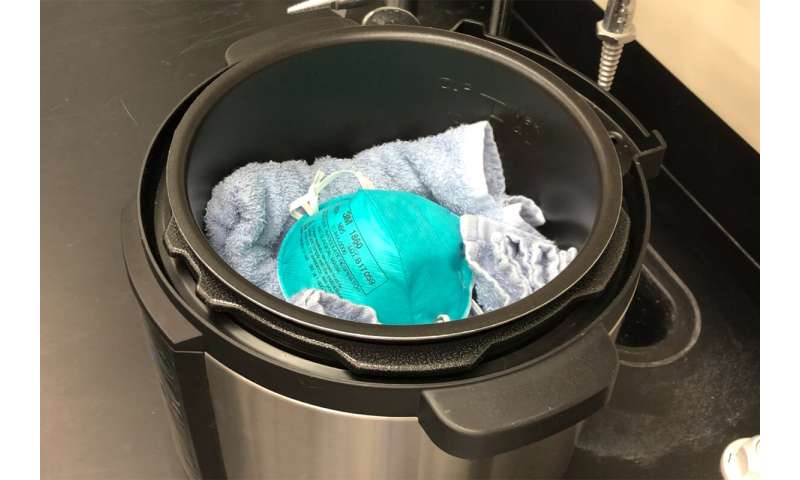North Carolina's strongest earthquake in 94 years shakes area along Virginia border
By Eliott C. McLaughlin, CNN
Sun August 9, 2020

The earthquake knocked items off shelves at a Food Lion, in Sparta.
(CNN)A 5.1-magnitude earthquake hit about 2 miles from the town of Sparta, North Carolina, early Sunday, along the state's border with Virginia, according to the preliminary report from the US Geological Survey.
It's the strongest quake to shake the state since 1926, according to the North Carolina Geological Survey.
The quake, whose epicenter is in Alleghany County, was felt as far away as South Carolina and Georgia, according to social media posts. The USGS received reports from more than 300 miles away, in Atlanta.
It struck about 8:07 a.m. ET.
"It felt like a big locomotive going by and a big wave coming underneath the bed," said Sparta Mayor Wes Brinegar, who was awakened by the quake. "A big wave coming to lift you."
There are no immediate reports of injuries, but there is some minor damage in the town of about 1,800 people, he said.
"Cracked foundation, and stuff falling off shelves in houses," Brinegar said. "I've lived here my whole life and have never felt anything like that."
The USGS says earthquakes become destructive at a magnitude of 4.0 to 5.0, depending on variables. A 5.3-magnitude is considered a moderate quake, the USGS says.
The agency issued a green alert, meaning there is a low likelihood of casualties and damage.

Town Councilman Cole Edwards, too, was jolted awake by the quake, he said. There was no damage to his home, but it broke some dishes and knocked some pictures off of the wall, he said.
"We've had a lot of scared folks this morning," the mayor said. "That was the most intense one we've ever had."
The earthquake rumbled at a depth of about 5.7 miles, which is considered a shallow quake. Quakes shallower than 43 miles tend to be more destructive than deeper ones, the USGS says.
This marks North Carolina's strongest earthquake since a 5.2-magnitude struck Mitchell County, about 50 miles northeast of Asheville, on July 8, 1926, the North Carolina Geological Survey says. A 5.5-magnitude shook Skyland in 1916, the agency said.
Sparta is about 100 miles north of Charlotte. A Charlotte firefighters union tweeted there were no reports of injuries.
"Good Morning Charlotte, we are sure most of you are awake because yes, that was an earthquake you felt. No local reports of damage or injuries but what a wake up call," the union tweeted.
The Sparta area sits among three seismic zones, in Charleston, South Carolina, eastern Tennessee and central Virginia. Several smaller quakes, all 2.6-magnitude or lower, rumbled near Sparta on Saturday and early Sunday. Two more temblors struck a few miles from Seymour, Tennessee, last weekend, the USGS says.
CNN's Chandler Thornton and Chuck Johnston contributed to this report.
Fracking in NC | Department of Geological and Environmental ...
https://earth.appstate.edu › outreach › ask-geologist › fracking-nc
None of the maps above show any shale gas development in North Carolina. ... The injection-associated earthquakes are not very strong (certainly not as strong
Five earthquakes rattle the Carolinas and TN, USGS reports ...
https://www.charlotteobserver.com › state › north-carolina › article241227321
Mar 16, 2020 - At least five earthquakes reaching up to 2.4 magnitude rattled North ... largest 2.4 quake hit around 11 p.m. near Centerville, South Carolina, ...
4 days ago - Sandra Ladra, who lives is Prague, the site of the 5.7 magnitude quake in 2011, is sueing the oil company in Oklahoma's highest court. A ...
Missing: Carolina's | Must include: Carolina's
2019: The Year Fracking Earthquakes Turned Deadly | Inside ...
https://www.insidescience.org › news › 2019-year-fracking-earthquakes-tu...
Feb 21, 2020 - Most fracking operations in North America don't cause earthquakes, and the ... a geophysicist at the University of South Carolina in Columbia.
Digital Writers
theweathernetwork.com
Sunday, August 9th 2020, 10:59 am - The shaking jolted people awake and resulted in several power outages.
People across the Carolinas and Virginia were jolted by an earthquake Sunday morning, of a strength so rare in that part of the country that there hasn't been one like it in more than 100 years.
The U.S. Geological Survey (USGS) says the Magnitude 5.1 tremor struck around 8:07 a.m. at depth of around 3.7 km near Sparta, North Carolina, not far from the border with Virginia.
That is relatively shallow, so it would have been felt over a large area, and the USGS says it's received 45,000 reports of shaking, mostly from across the Carolinas and Virginia but also in surrounding states.

Sunday's tremor follows a smaller quake that was detected in the early morning hours of Sunday in the same area, rated Magnitude 2.6.
Some power outages have been reported in the region along with the widespread shaking, which was intense enough to wake people up, according to local media.
"When it hit here first, it sounded like a long roar of thunder then it shook for about 3 minutes," Emily Poff told North Carolina broadcaster WXII. "It was very intense."
As for what's ahead, the USGS says there is a 57 per cent chance of aftershocks of at least Magnitude 3 over the next week, and a five per cent chance of another Magnitude 5 quake. The service says quakes of this magnitude are rare in that part of the U.S., but not impossible.
"Since at least 1776, people living inland in North and South Carolina, and in adjacent parts of Georgia and Tennessee, have felt small earthquakes and suffered damage from infrequent larger ones," the USGS says. "The largest earthquake in the area (magnitude 5.1) occurred in 1916."





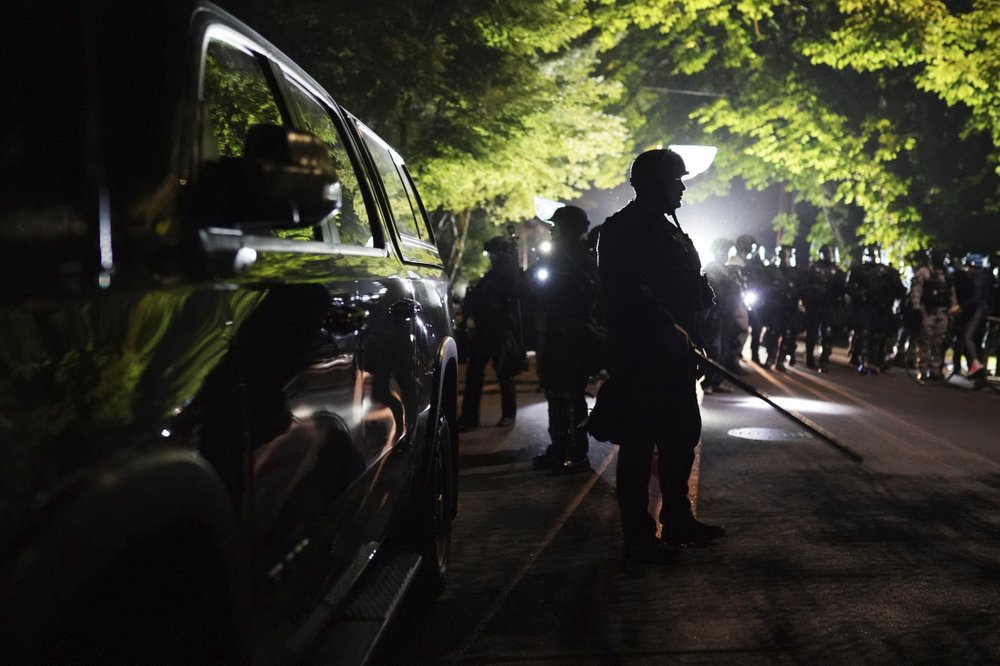

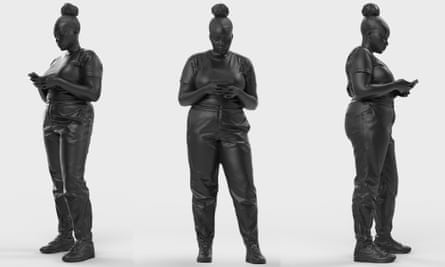
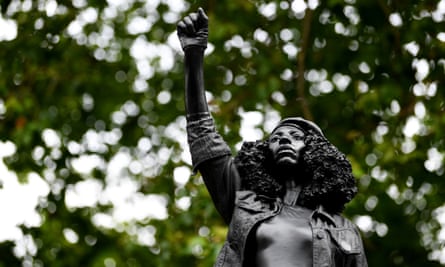





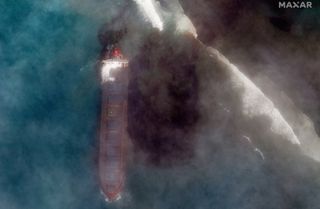






 A worker sorts through N95 masks. (REUTERS)
A worker sorts through N95 masks. (REUTERS)